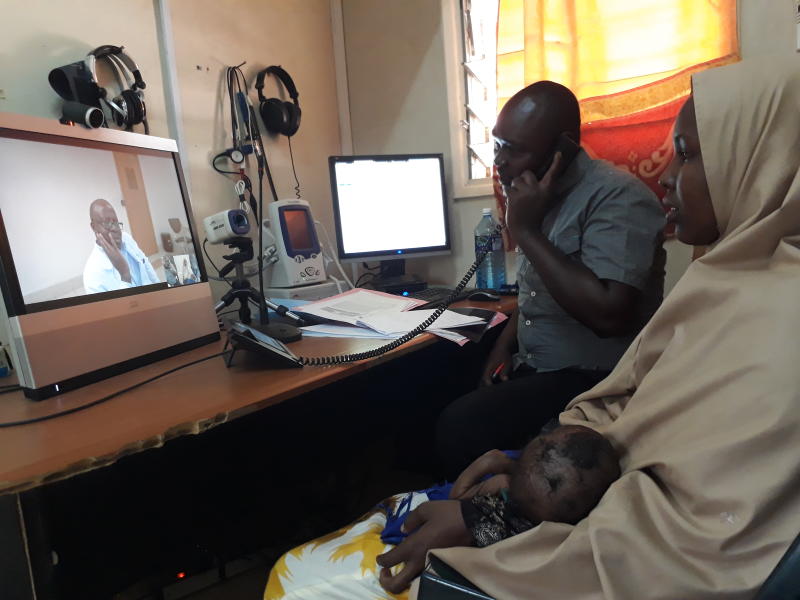×
The Standard e-Paper
Kenya's Bold Newspaper

Little Abdirahman Abdi lay in his mother’s arms, writhing in pain. He was hungry, but could not eat or hold anything down.
According to his mother, Yurub Mohamed, the four-month-old boy had not been breastfeeding well.